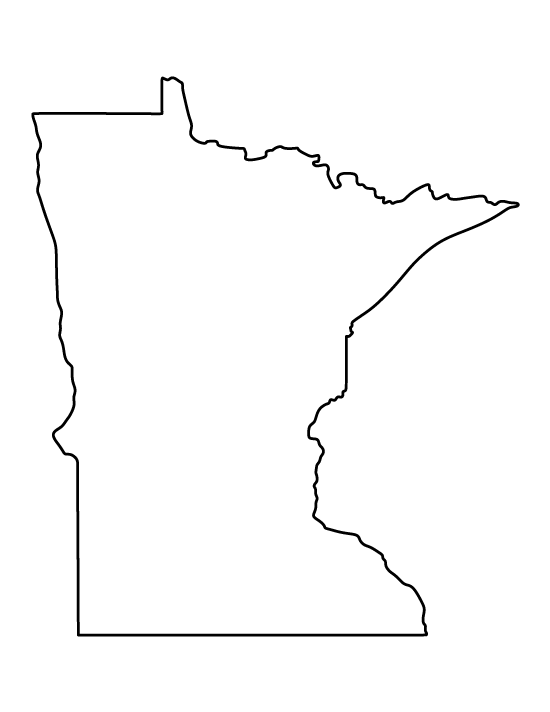Minnesota
Inventors Hall of Fame


Norman B. Mears
(1904 - 1974) Norman B. Mears inventions were in the metal and glass etching field. He invented the metal reticle, a sighting device used in fire control instruments by all Allied nations in World War II, the shadow mask used in color television tubes, and processes and equipment for their mass production. He received more than 25 U. S. patents and many corresponding foreign patents. His creativity and leadership brought international prominence to his company, Buckbee-Mears, and changed it from a small, family company to a large international corporation.
Mears was the son of one of the founders of Buckbee-Mears Company, a small firm engaged in photo-engraving, commercial photography, art and design. He pushed for expansion of the business into photomechanical reproduction during World War II. Working with a group of select individuals, he planned the production of products never before manufactured by photomechanical reproduction - designing machinery and equipment for photographing, printing, etching, electroforming and inspecting them.
As exacting as is the photoengraving industry - photomechanical reproduction is many times more critical. The industry was born in the engraving department which was able to produce 133 lines per inch. Using processes developed by Mears, by the 1960s the BMC industrial division was able to automatically scribe 8,000 lines per inch.
Mears got a big opportunity to experiment with the process when the U.S. Navy needed grids etched on the eyepieces of military equipment. His unique ability for adapting and applying well-established techniques of engraving and etching to industrial production led to the development of a metal reticle used in fire control instruments by all Allied Nations, contributing significantly to victory in World War II. He was honored by the U.S. Armed Forces for his contribution to the war effort. His greatest contribution was originating processes and equipment for making color television aperture masks at a mass production rate with metal etching techniques. The industrial skills Mears and BMC acquired during the war were transferred to the television industry in peacetime. Over 13 years and several generations of equipment, Mears and his company perfected an automated process for production of the shadow mask - an extremely thin metal sheet punctured by hundreds of thousands of perfectly positioned holes that direct electron beams toward phosphorus strips to generate the color, a critical part of color television tubes.
BMC grew from a small graphic arts company to a company of international prominence under his leadership. Following his retirement, he poured his interest and energy into redeveloping the area known as Lowertown in St. Paul, where his business and the first Baptist Church are located. He developed Park Square Court facing what was known as Smith Park and was involved in planning for all the area facing the Park. In 1972 Mears was named a "Great Living St. Paulite" by the St. Paul Chamber of Commerce. Following his death Smith Park was renamed Mears Park in his honor.